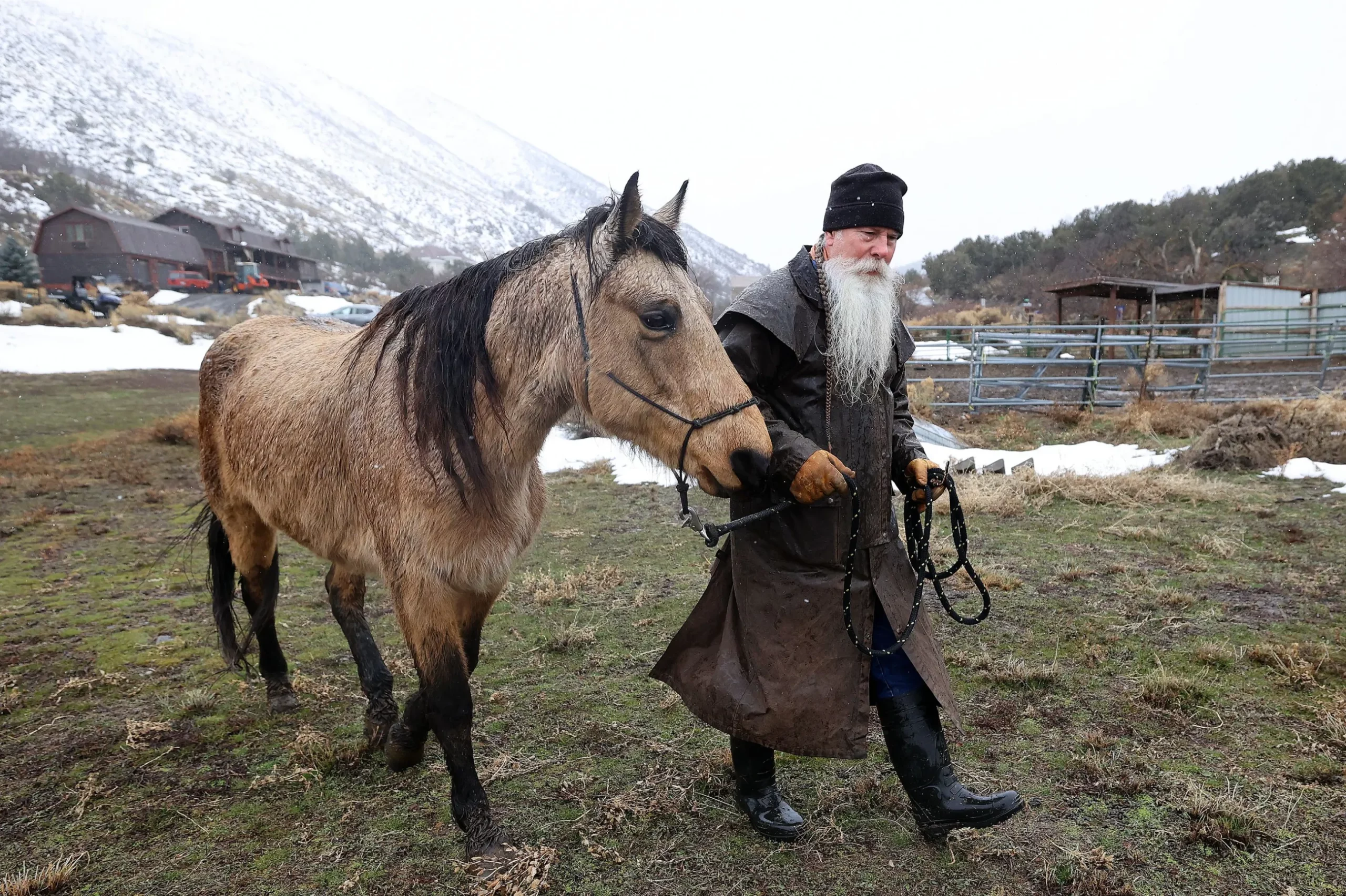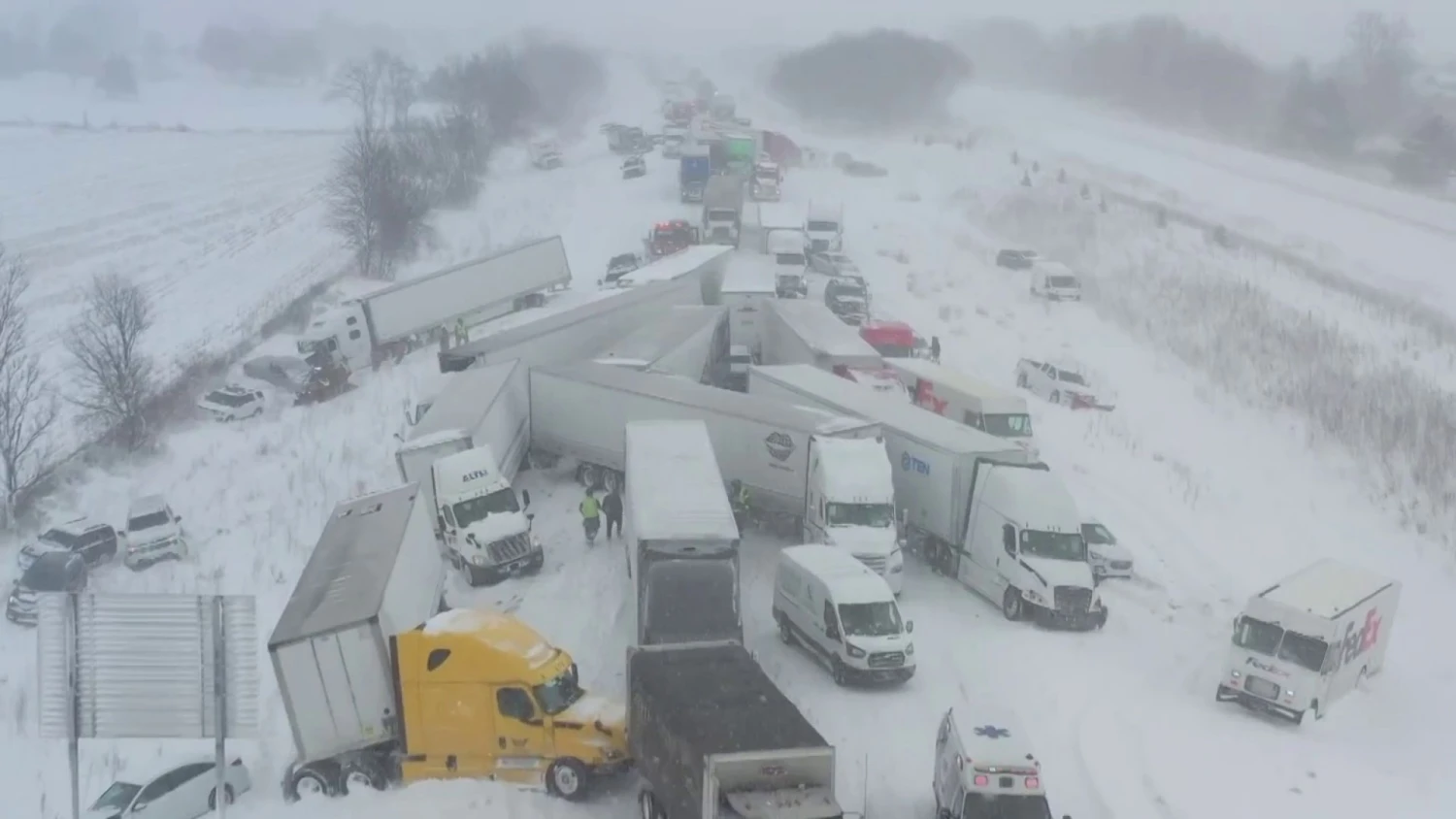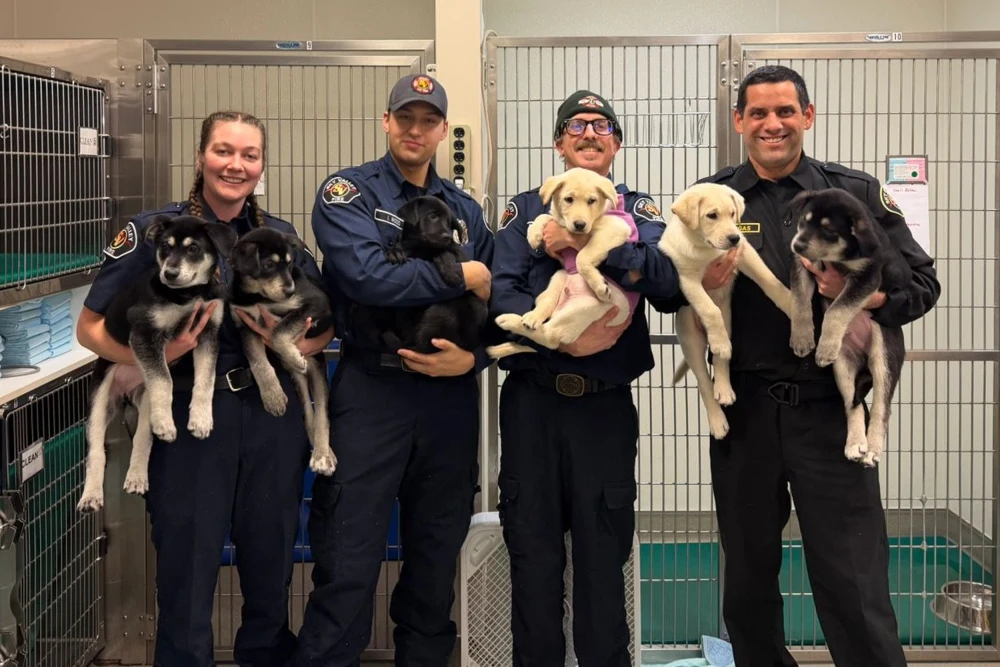The state’s ag agency wants pause pushed on possible ordinance.
Dave Winters has a buckskin mare that is a cross between a quarter horse and Tennessee walker.
Wyoming Rose has the same type of breeding of his first horse, and he always wanted to clone that original horse if he could.
Then he got his chance: He said he fell in love with Rose the day he first saw her and just couldn’t say no.
“It’s like handing a kid a puppy and then trying to take it away.”
But under an ordinance under consideration by the Salt Lake County Council, Winters may just have to bid farewell to the mare, now 16, because of zoning restrictions that would make it prohibitively expensive for him to retain ownership.
The Salt Lake County Planning Commission and the Mountainous Planning District want to reduce the number of horses residents the Yellow Fork Equestrian Park can have on their property due to concerns over what they cite as E. coli contamination in Rose Creek.
An audit by the Utah Division of Water Quality cited E. coli as a contaminant of concern in the Jordan River, but Winters said he highly doubts the horses in the canyon neighborhood are the culprit.
“There’s 1,000 horses up here and about 10,000 animals” he said. “It occurs because we have hundreds of deer. We have hundreds and hundreds of wild turkeys up here that were planted by the state many years ago. You got coyotes, you’ve got foxes. You got raccoons. You’ve got mountain lions, bobcats and all kinds of animals and fowl that use the creek,” he said. “So there’s many sources of E. coli that we contend that have nothing to do with the horses.”
On Tuesday, the Salt Lake County Council will consider the ordinance. Public comments are at 10:45 a.m. There will be a presentation to the council at 1:55 p.m. and a public hearing starts at 2:55 p.m.
It will be livestreamed at this Webex Link.
Matt McPherson, spokesman with the Utah Department of Environmental Quality, said the report on Rose Creek and the Jordan River came out in 2014. He said Salt Lake County was required to come up with a plan to address the contaminants, but the water quality division’s own report did not identify a source of the E. coli.
Hold your horses
Winters said the ordinance, if passed, would strike at the very heart of the reason people moved to the area.
The restrictions, given setbacks, geotechnical engineering required to address slopes and keep equines away from perennial or even ephemeral streams, would make the 21⁄2-acre lot sizes meaningless.
“Why wouldn’t we want to subdivide and develop? You run the risk of doing away with the homeowners association that helps maintain the integrity of the canyon and prevents the urban sprawl.”
Winters added that there isn’t a “grandfather” clause to allow those with existing animals to be exempt. Instead, he said only those with a permit issued by the county would be off limits. But he and others say no such permit existed when the lots were sold.
While the county is attempting to address the Rose Creek contaminants, Winters believes it has unfairly placed the burden on the backs of equine owners.
Additionally, Utah’s Agricultural Commissioner Craig Buttars wrote Salt Lake County Mayor Jenny Wilson on Friday asking the issue be tabled before any action is taken.
He stressed agricultural officials were disappointed they had to hear about the issue from landowners, and not the county, especially when the issue presents concerns to those in the agricultural community. He added that the two agencies should work together moving forward, rather than implementing practices that may not be effective.
Salt Lake County Council Member Dave Alvord, who represents that area of the county, said the proposal should be tabled until more information is known. He said he intends to make that motion Tuesday.
“I think we need to remember the American principle of property rights,” he said. “We need to get this right, but we need not to unnecessarily punish our residents.”
Winters said he hopes the county can arrive at a solution that protects the environment and also a fast-disappearing way of life.
“It’d be sad to lose the the Western way of life, the cowboy way of life as I call it. A lot of our kids have rodeoed and participated in Salt Lake County 4-H equestrian program which teaches the kids a lot of responsibility,” he said.
He recalls riding his horse to a local convenience store with a hitching post only to come outside and find a father and his two young boys — with the boys ogling the horses with bright, wide eyes — anxious to give the animal a pat on the neck.
“They’d never seen a cowboy or petted a horse.”




